
A Short History of the End of Civilization: Mike Davis is a brilliant and provocative writer. Just go read his brief and incisive summary of what has led our civilization to the brink of collapse. Mike, you need a blog! Teasers: The UNDP…warns that it will require “a 50 percent cut in greenhouse gas emissions worldwide by 2050 against 1990 levels” to keep humanity outside the red zone of runaway warming… Yet the International Energy Agency predicts that, in all likelihood, such emissions will actually increase in this period by nearly 100 percent — enough greenhouse gas to propel us past several critical tipping points…
Let’s just ask: What if the buying and selling of carbon credits and pollution offsets fails to turn down the thermostat? What exactly will motivate governments and global industries then to join hands in a crusade to reduce emissions through regulation and taxation?… And what if growing environmental and social turbulence, instead of galvanizing heroic innovation and international cooperation, simply drive elite publics into even more frenzied attempts to wall themselves off from the rest of humanity?… We’re talking here of the prospect of creating green and gated oases of permanent affluence on an otherwise stricken planet… National Academy of Science…found that the richest countries, by their activities, have generated 42 percent of environmental degradation across the world, while shouldering only 3 percent of the resulting costs. Humans Have 23 Years to Go: IFTF is creating a game set 10 years from now that gives the players 23 ‘years’ to deal with five cascading social, ecological and economic crises that threaten to end civilization. Sounds like fun, if they’ll let us play (full access to members only, and the link above was down at time of writing). Problem is, they’re calling the game Superstruct (literally: build over top). Seems to me that the only viable solutions to this problem will be bottom-up, not top-down. Shouldn’t the game be called Substruct? Thanks to Jerry Michalski for the link. Discover Undiscovered Musicians: Some great hand-made music from unknown artists you can browse and play to your heart’s content — IACmusic.com. Here’s my own ‘station’ collection of what I’ve been listening to there. Pictures Without the Need of Words: My friend Melisa Christensen is the photo director of a sweet little film, lovingly and exquisitely photographed, about human relationships and priorities. Great Green Events Calendar: Leafing Through tells you where to go, greenly, all over the world. See What Global Warming Has Wrought So Far: A couple of years ago I pointed out the NOAA viewer that lets you see a movie of glaciation, coastal flooding and vegetation change over the past 21000 years (since the last ice age). If you haven’t seen it, take a look. What would be interesting would be to project it forward, assuming a hundred-fold or thousand-fold acceleration of rate of change. The Only Diet for a Peacemaker Is a Vegetarian Diet: “Conscience dictates that the grain should stay where it is grown, from South America to Africa. And it should be fed to the local malnourished poor, not to the chickens destined for our KFC buckets.” Even the orthodox churches are starting to get it. Who Are You Trying to Impress?: Justin Kownacki analyzes the politics of conversations, and how disruptive they can be to making the conversation meaningful, valuable, and informative. The Mortgage Lender Implode-o-meter: Keep up to date with the collapse of IndyMac, Freddie Mac, Fannie Mae, and all your favourite wacky trillion-dollar irresponsible lending characters. Google Offers Animated Avatars for Google Chat: The poor man’s Second Life app “Lively”, has just been released. Limited avatar options. Agonizingly slow. Much work needed. Doug Rushkoff on Open Space Democracy: Democracy is a collective choice and emerges through collective action, he says. If we only care about what it means to us individually, and what we do individually, democracy is lost. Branding, advertising, the mainstream media, corpocracy, hierarchy — these are all directed at us as individuals. We have to get past self-interest, past individuation of everything. Don’t ask What can I do?, discuss What can we do? Thanks to William Tozier for the link. Unintended Consequences: George Monbiot’s latest article about the Death of the Oceans raises some more interesting thoughts about unintended consequences in complex systems. Of course high oil prices will reduce (somewhat) demand for gasoline and hence reduce CO2 emissions. But that reduced demand in affluent nations will also allow Asia to continue to pick up whatever oil is not contracted for, pushing emissions right back up again. And while high prices will drive some people to switch to more efficient vehicles, will those more efficient vehicles then be driven further than the gas guzzlers? Monbiot explains that high oil prices are keeping ocean-devastating fishing trawlers in port, but it’s also got fishermen striking for subsidies, pushing politicians who want re-election to divert money from worthy causes to subsidizing uneconomic activities. And environmental laws designed to prevent permafrost and glacial melt and ocean disasters are being abandoned in the desperate search for a little more cheap oil, accelerating global warming that will ultimately require huge taxes on oil to curtail. This is precisely why the “market mechanism” that so many conservatives trust to solve global warming and everything else simply does not work. Complex systems are inertial — they tend to adapt to stay in equilibrium until forced to a new equilibrium by either decisive intervention, or catastrophe. Canada’s Conservatives “The Republican Farm Team”: George Bush’s (last?) lapdog, arch-conservative Canadian PM Harper, is refusing to allow conscientious objectors to the Bush war to come to Canada, ending a two-century-old tradition of providing sanctuary for Americans of conscience. Bush now beckons Harper obediently to his side by barking “Yo Harper!” Meanwhile, as they shrugged off their responsibility for the global food crisis, Bush and Yo Harper and the rest of the G8 gang of thieves chowed down on an extravagant 18-course meal of high-energy, high-cruelty imported foods.(Thanks to Meg Fowler for the links). Alberta Hypes Bitumen Sludge Mining to Obama & McCain: Despite growing realization that the Alberta Bitumen Sludge Mining operation (what the industry prefers to call ‘oil sands’, depicted above) is the most ecologically destructive project on Earth, the government of Alberta, whose economy is utterly dependent on this horror, is busy lobbying both US presidential candidates to endorse buying its dirty oil. They will almost certainly succeed: It’s not in their backyard.
Find of the Day, above, found on top of a baby change table in a women’s washroom in BC. Thanks to Darren Barefoot for the link.
Thought for the Week: Being A Part: I’ve been chatting recently with Andrew Campbell and Beth Patterson about connection with the land and all-life-on-Earth. Andrew has pointed to the work of Gregory Bateson (whose first wife BTW was Margaret Mead) and his discussion of immanence — the quality of remaining within as a part (of the environment, Gaia, the complexity of all-life-on-Earth), while our minds furiously attempt to analyze, to dissect, to set ourselves apart. Beth has collected a remarkable set of stories from readers that answer the question “Where is Home?” I replied to Beth that I thought the most evocative writing I had readabout this was that of Sam Mills of the now largely-lost blogs feral and thistle & hemlock (she now writes the blog bitterbrush); here’s an example of how she tells us what it means to be a part. |
Navigation
Collapsniks
Albert Bates (US)
Andrew Nikiforuk (CA)
Brutus (US)
Carolyn Baker (US)*
Catherine Ingram (US)
Chris Hedges (US)
Dahr Jamail (US)
Dean Spillane-Walker (US)*
Derrick Jensen (US)
Dougald & Paul (IE/SE)*
Erik Michaels (US)
Gail Tverberg (US)
Guy McPherson (US)
Honest Sorcerer
Janaia & Robin (US)*
Jem Bendell (UK)
Mari Werner
Michael Dowd (US)*
Nate Hagens (US)
Paul Heft (US)*
Post Carbon Inst. (US)
Resilience (US)
Richard Heinberg (US)
Robert Jensen (US)
Roy Scranton (US)
Sam Mitchell (US)
Tim Morgan (UK)
Tim Watkins (UK)
Umair Haque (UK)
William Rees (CA)
XrayMike (AU)
Radical Non-Duality
Tony Parsons
Jim Newman
Tim Cliss
Andreas Müller
Kenneth Madden
Emerson Lim
Nancy Neithercut
Rosemarijn Roes
Frank McCaughey
Clare Cherikoff
Ere Parek, Izzy Cloke, Zabi AmaniEssential Reading
Archive by Category
My Bio, Contact Info, Signature Posts
About the Author (2023)
My Circles
E-mail me
--- My Best 200 Posts, 2003-22 by category, from newest to oldest ---
Collapse Watch:
Hope — On the Balance of Probabilities
The Caste War for the Dregs
Recuperation, Accommodation, Resilience
How Do We Teach the Critical Skills
Collapse Not Apocalypse
Effective Activism
'Making Sense of the World' Reading List
Notes From the Rising Dark
What is Exponential Decay
Collapse: Slowly Then Suddenly
Slouching Towards Bethlehem
Making Sense of Who We Are
What Would Net-Zero Emissions Look Like?
Post Collapse with Michael Dowd (video)
Why Economic Collapse Will Precede Climate Collapse
Being Adaptable: A Reminder List
A Culture of Fear
What Will It Take?
A Future Without Us
Dean Walker Interview (video)
The Mushroom at the End of the World
What Would It Take To Live Sustainably?
The New Political Map (Poster)
Beyond Belief
Complexity and Collapse
Requiem for a Species
Civilization Disease
What a Desolated Earth Looks Like
If We Had a Better Story...
Giving Up on Environmentalism
The Hard Part is Finding People Who Care
Going Vegan
The Dark & Gathering Sameness of the World
The End of Philosophy
A Short History of Progress
The Boiling Frog
Our Culture / Ourselves:
A CoVid-19 Recap
What It Means to be Human
A Culture Built on Wrong Models
Understanding Conservatives
Our Unique Capacity for Hatred
Not Meant to Govern Each Other
The Humanist Trap
Credulous
Amazing What People Get Used To
My Reluctant Misanthropy
The Dawn of Everything
Species Shame
Why Misinformation Doesn't Work
The Lab-Leak Hypothesis
The Right to Die
CoVid-19: Go for Zero
Pollard's Laws
On Caste
The Process of Self-Organization
The Tragic Spread of Misinformation
A Better Way to Work
The Needs of the Moment
Ask Yourself This
What to Believe Now?
Rogue Primate
Conversation & Silence
The Language of Our Eyes
True Story
May I Ask a Question?
Cultural Acedia: When We Can No Longer Care
Useless Advice
Several Short Sentences About Learning
Why I Don't Want to Hear Your Story
A Harvest of Myths
The Qualities of a Great Story
The Trouble With Stories
A Model of Identity & Community
Not Ready to Do What's Needed
A Culture of Dependence
So What's Next
Ten Things to Do When You're Feeling Hopeless
No Use to the World Broken
Living in Another World
Does Language Restrict What We Can Think?
The Value of Conversation Manifesto Nobody Knows Anything
If I Only Had 37 Days
The Only Life We Know
A Long Way Down
No Noble Savages
Figments of Reality
Too Far Ahead
Learning From Nature
The Rogue Animal
How the World Really Works:
Making Sense of Scents
An Age of Wonder
The Truth About Ukraine
Navigating Complexity
The Supply Chain Problem
The Promise of Dialogue
Too Dumb to Take Care of Ourselves
Extinction Capitalism
Homeless
Republicans Slide Into Fascism
All the Things I Was Wrong About
Several Short Sentences About Sharks
How Change Happens
What's the Best Possible Outcome?
The Perpetual Growth Machine
We Make Zero
How Long We've Been Around (graphic)
If You Wanted to Sabotage the Elections
Collective Intelligence & Complexity
Ten Things I Wish I'd Learned Earlier
The Problem With Systems
Against Hope (Video)
The Admission of Necessary Ignorance
Several Short Sentences About Jellyfish
Loren Eiseley, in Verse
A Synopsis of 'Finding the Sweet Spot'
Learning from Indigenous Cultures
The Gift Economy
The Job of the Media
The Wal-Mart Dilemma
The Illusion of the Separate Self, and Free Will:
No Free Will, No Freedom
The Other Side of 'No Me'
This Body Takes Me For a Walk
The Only One Who Really Knew Me
No Free Will — Fightin' Words
The Paradox of the Self
A Radical Non-Duality FAQ
What We Think We Know
Bark Bark Bark Bark Bark Bark Bark
Healing From Ourselves
The Entanglement Hypothesis
Nothing Needs to Happen
Nothing to Say About This
What I Wanted to Believe
A Continuous Reassemblage of Meaning
No Choice But to Misbehave
What's Apparently Happening
A Different Kind of Animal
Happy Now?
This Creature
Did Early Humans Have Selves?
Nothing On Offer Here
Even Simpler and More Hopeless Than That
Glimpses
How Our Bodies Sense the World
Fragments
What Happens in Vagus
We Have No Choice
Never Comfortable in the Skin of Self
Letting Go of the Story of Me
All There Is, Is This
A Theory of No Mind
Creative Works:
Mindful Wanderings (Reflections) (Archive)
A Prayer to No One
Frogs' Hollow (Short Story)
We Do What We Do (Poem)
Negative Assertions (Poem)
Reminder (Short Story)
A Canadian Sorry (Satire)
Under No Illusions (Short Story)
The Ever-Stranger (Poem)
The Fortune Teller (Short Story)
Non-Duality Dude (Play)
Your Self: An Owner's Manual (Satire)
All the Things I Thought I Knew (Short Story)
On the Shoulders of Giants (Short Story)
Improv (Poem)
Calling the Cage Freedom (Short Story)
Rune (Poem)
Only This (Poem)
The Other Extinction (Short Story)
Invisible (Poem)
Disruption (Short Story)
A Thought-Less Experiment (Poem)
Speaking Grosbeak (Short Story)
The Only Way There (Short Story)
The Wild Man (Short Story)
Flywheel (Short Story)
The Opposite of Presence (Satire)
How to Make Love Last (Poem)
The Horses' Bodies (Poem)
Enough (Lament)
Distracted (Short Story)
Worse, Still (Poem)
Conjurer (Satire)
A Conversation (Short Story)
Farewell to Albion (Poem)
My Other Sites











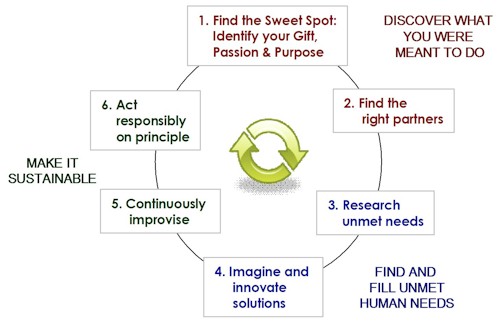

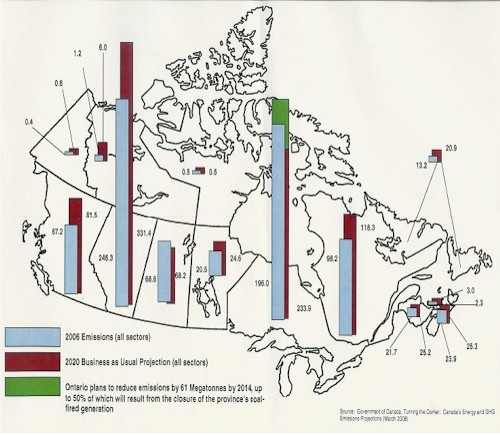



 In
In 

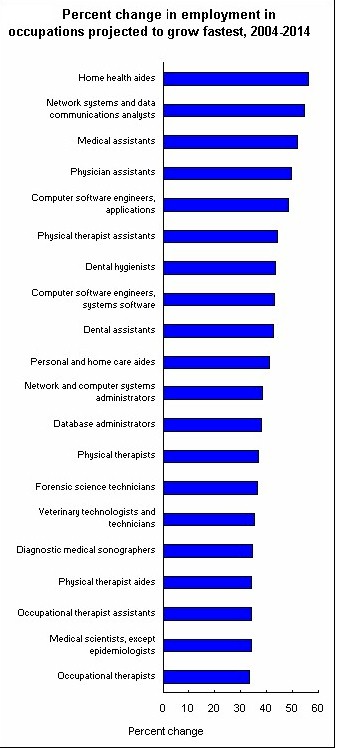
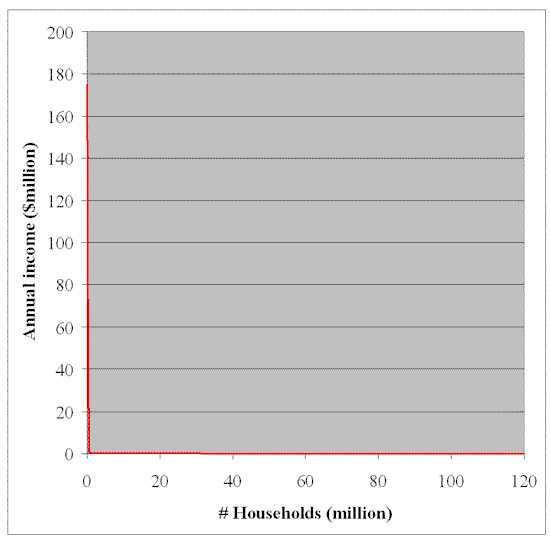
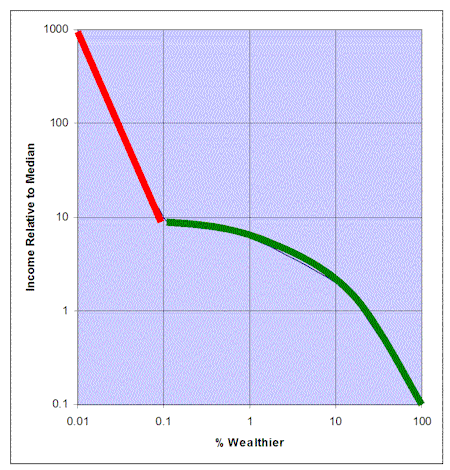



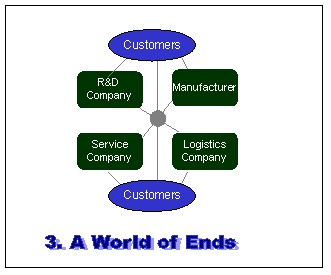 The new economy now emerging enables almost-free, two-way communication, and it allows it peer-to-peer, not just by those with the money and infrastructure to transmit it. It is blurring the line between producer and customer (which is what Net Neutrality and
The new economy now emerging enables almost-free, two-way communication, and it allows it peer-to-peer, not just by those with the money and infrastructure to transmit it. It is blurring the line between producer and customer (which is what Net Neutrality and 


